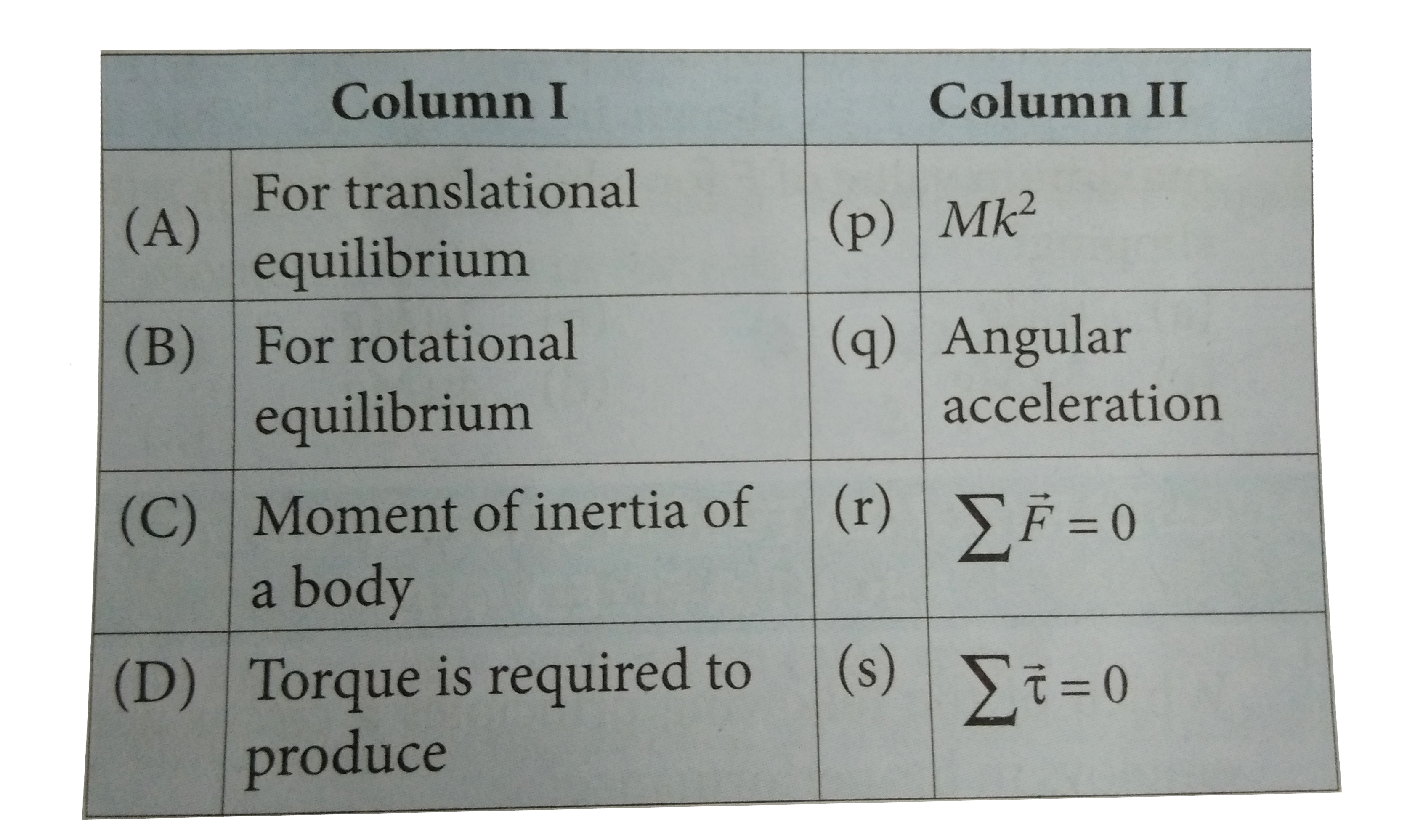Match the columns :
Column AColumn B(a) Metals(i) Non-reactive(b) Molecules(ii) Brittle(c) Non-metals(iii) Lustrous(d) Noble gases(iv) Smallest unit of compound
To match the columns correctly, we will analyze each item in Column A and find the corresponding property from Column B.
1. Identify Metals:
- Metals are known for being lustrous (shiny) and generally good conductors of heat and electricity. They are not brittle; instead, they are malleable and ductile.
- Match: (a) Metals → (iii) Lustrous
2. Identify Molecules:
- Molecules are defined as the smallest unit of a compound that retains its chemical properties. For example, a water molecule (H2O) is made up of hydrogen and oxygen.
- Match: (b) Molecules → (iv) Smallest unit of compound
3. Identify Non-metals:
- Non-metals are often brittle in their solid state. They can break easily under stress, unlike metals.
- Match: (c) Non-metals → (ii) Brittle
4. Identify Noble Gases:
- Noble gases are known for being non-reactive due to their complete outer electron shell. They do not readily form compounds with other elements.
- Match: (d) Noble gases → (i) Non-reactive
Final Matches:
- (a) Metals → (iii) Lustrous
- (b) Molecules → (iv) Smallest unit of compound
- (c) Non-metals → (ii) Brittle
- (d) Noble gases → (i) Non-reactive
- Metals are known for being lustrous (shiny) and generally good conductors of heat and electricity. They are not brittle; instead, they are malleable and ductile.
- Match: (a) Metals → (iii) Lustrous
- Molecules are defined as the smallest unit of a compound that retains its chemical properties. For example, a water molecule (H2O) is made up of hydrogen and oxygen.
- Match: (b) Molecules → (iv) Smallest unit of compound
- Non-metals are often brittle in their solid state. They can break easily under stress, unlike metals.
- Match: (c) Non-metals → (ii) Brittle
- Noble gases are known for being non-reactive due to their complete outer electron shell. They do not readily form compounds with other elements.
- Match: (d) Noble gases → (i) Non-reactive
- (a) Metals → (iii) Lustrous
- (b) Molecules → (iv) Smallest unit of compound
- (c) Non-metals → (ii) Brittle
- (d) Noble gases → (i) Non-reactive
Topper's Solved these Questions
- ELEMENTS, COMPOUNDS, SYMBOLS AND FORMULAEBOOK - ICSECHAPTER - ELEMENTS, COMPOUNDS, SYMBOLS AND FORMULAEEXERCISE - OBJECTIVE TYPE QUESTIONS (MULTIPLE CHOICE QUESTIONS)
10 Videos
- ELEMENTS, COMPOUNDS, SYMBOLS AND FORMULAEBOOK - ICSECHAPTER - ELEMENTS, COMPOUNDS, SYMBOLS AND FORMULAEEXERCISE - EXERCISE - III
4 Videos
- ELEMENTS, COMPOUNDS AND MIXTURESBOOK - ICSECHAPTER - ELEMENTS, COMPOUNDS AND MIXTURESEXERCISE - EXERCISES (Objective Questions) (True/False)
7 Videos
- INTRODUCTION TO CHEMISTRY BOOK - ICSECHAPTER - INTRODUCTION TO CHEMISTRY EXERCISE - Think and answer
2 Videos
Similar Questions
Knowledge Check
Match the Column I and Column II.,B
 AA-p, B-q, C-r, D-sBA-q, B-r, C-s. D-pCA-r, B-q, C-p, D-pDA-r, B-s, C-p, D-q
AA-p, B-q, C-r, D-sBA-q, B-r, C-s. D-pCA-r, B-q, C-p, D-pDA-r, B-s, C-p, D-qMatch the Column I with Column II and mark the approprite choice.
Column IColumn II(A)Galena(i)Abrasive(B)Diamond(ii)Metal carbonyls(C)Carbon monoxide(iii)Hydrides of Si(D)Silanes(iv)An ore of leadA(A) → (iv), (B) → (ii), (C ) → (i), (D) → (iii)B(A) → (iv), (B) → (i), (C ) → (ii), (D) → (iii)C(A) → (ii), (B) → (i), (C ) → (iii), (D) → (iv)D(A) → (i), (B) → (ii), (C ) → (iii), (D) → (iv)
Match the column I and II
Column IColumn II(i) Chrysophyte(a) Gonyaulax(ii) Dinoflagellate(b) Euglena(iii) Euglenoids(c) Diatom(iv) Slime moulds(d) Plasmodium
View SolutionMatch the columns
Column-AColumn-B(a)Ribs(i)26(b)Vertebrae(ii)14(c)Phalanges(iii)1(d)Sternum(iv)24
View SolutionMatch the column I with Column II:-
Column IColumn II(A) Unicellular(i) Spirogyra(B) Colonial(ii) Kelps(C) Filamentous(iii) Volvox(D) massive plant bodies(iv) Chlamydomonas
View SolutionMatch the columns
Column IColumn II(a)Echidna(i)Ophidia(b)Echinus(ii)Teleostei(c)Echeneis(iii)Platyhelminthes(d)Echis(iv)Echinoidea(e)Echinococcus(iv)Prototheria.
View SolutionMatch the following
Column IColumn IIa.Amphisarca(i)Aegleb.Pepo(ii)Cucumisc.Drupe(iii)Ananasd.Sorosis(iv)Juglans
View SolutionMatch column I with Column II and select the correct option from the codes given below
Column IColumn IIA. Pteris(i). BryophyteB. Cedrus(ii). PteridophyteC. Sonchus(iii). GymnospermsD. Marchantia(iv). Angiosperm
View Solution
